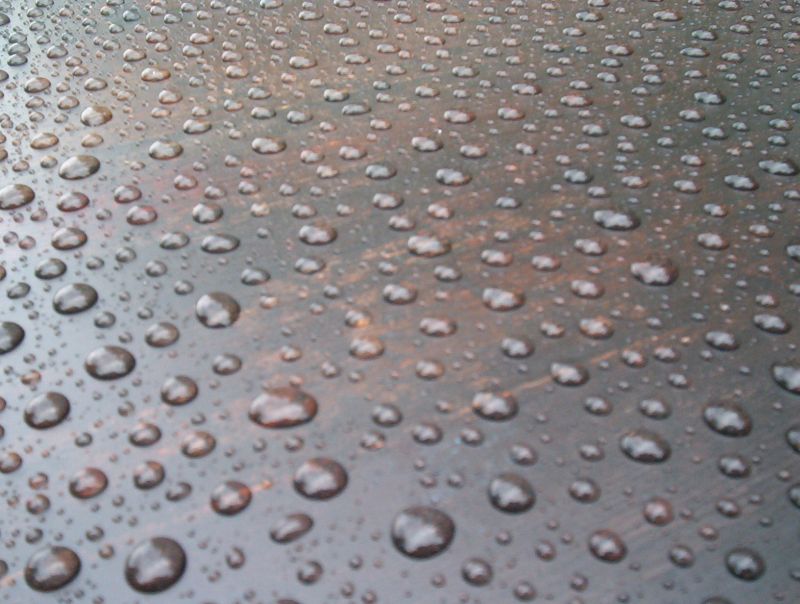Question
I need some direction for how to, and where to buy grain filler for a red oak table.
Forum Responses
(Finishing Forum)
From contributor R:
Iím able to buy paste wood filler from the box stores and a few paint stores carry it too. Itís available in a bunch of different colors.
I did tests with samples where I stained first and others where I didn't stain. I liked the stained-first ones, and they were stained again after sanding. I found the ones that were sealed before staining wouldn't take a stain the same way and looked washed out to me. Perhaps they could have been sanded more.
How to do it - read up on it here and elsewhere, but the gist is glop it out with a brush, spread on and around, to get the stuff in the grain. Let it sit until it hazes over, which is a term that means nothing until you do it a few times. Anyway, there's a time to start working with it, and if you wait too long you'll be sorry and if you do it too soon you'll make a mess. There's a fairly small window in my experience, and then you need to get on with it. Wipe the material off at 45 degree angle with a bondo squeegee, again, working into the pores while removing the excess. I have done this at varying times when sort of dry and just applied. You'll have to experiment. There should be a way to do this, but near as I can tell there are several ways.
When it's ready to work on it - 10-30 minutes, depending on humidity, rub in circles with burlap. You're removing the excess again, and working into pores, but you're also polishing almost. You'll see what I mean when you start working it. It's definitely a feel thing, but you'll see it once you start doing it.
A couple of suggestions: Get a fairly large piece to practice on. I started with some small one foot square scraps. These weren't big enough to really get it. Don't do your top before you learn how to work with it. Get some naptha - this is the thinner/solvent.
The real challenge to this is stirring it in the can. You'll buy a quart can and it will be full of course, and you will make a hellacious mess stirring it up because it's stiff as all get out at first. Stir it until itís a consistency of a good thick gravy. It needs to be able to be brushable, sort of. The stuff is mainly clay, so getting it stirred up is a trick.
I put some of it in another can to work out of once I got it stirred up and was glad I did when I had to use some a week or so later because it was easier to stir up a small amount. Behlen sells a solvent. I'd just use naptha, though I have heard you can use mineral spirits also - again it depends on how fast the stuff is evaporating. You've got to be with the program when you're working with it and don't get interrupted. Wear gloves - whatever's in it doesn't want to come out of your skin at all. It will make a really nice surface. It's a skill worth learning in my opinion.
